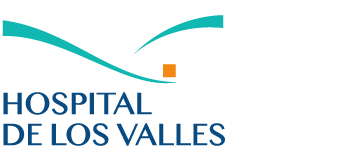BY MOM ALYSSA BLOOMQUIST
Ever since she was born, our daughter Tessa had a preference to look to one side. Despite trying to keep her off that side during tummy time and other activities, she always gravitated to that side even when we tried to reposition her (especially when she slept at night). Although this preference eventually went away, a flat spot on her head remained. As a first time mom, I was extremely worried, so our pediatrician referred us to the Prisma Health Center for Prosthetics and Orthotics in our city of Greenville, South Carolina. Jeanne-Marie, the orthotist, put something that looked like a sock on Tessa’s head to flatten her hair to scan her head. Tessa’s measurements fell outside of the “normal” range, and Jeanne-Marie recommended a STARband helmet to help round her head out.

At first, I wasn’t sure if we had made the right decision. I didn’t want people to look at our baby and think there was something “wrong” with her, but I also didn’t want to ignore what I had been worried about for months, and would probably always think about if we did nothing. So we went forward with the STARband treatment when she was about 6.5 months old. Tessa was unsure of it at first, but after day 1, she didn’t even seem bothered by it! Since she did not have to sleep in her STARband for the first few days as we increased her wearing time, I took that first night as an opportunity to paint her helmet. I painted it all over with a gold floral design on top of a white background so that she could be stylish during those few months! All of my worries about other people’s perceptions quickly went away, as people only had positive things to say. We heard a lot of, “she looks so cute in her helmet!” and “I love the design she has!” The good thing was that Tessa didn’t mind it either, and she slept through the night while wearing it just fine.

We went back to Prisma Health Center for Prosthetics and Orthotics every two weeks to get Tessa’s helmet adjusted and carved out to give her head more room to grow in the right areas. Each visit was a pleasant experience, and we felt reassured that Tessa was growing in the right direction. We were pretty strict in following the STARband wearing schedule of 23 hours a day. Tessa had it on all the time except for an hour in the evenings before bed, when we gave her baths and cleaned the inside of the helmet with rubbing alcohol. We did have a few exceptions when we went swimming, but we made sure to put it right back on once we were done and dry. She didn’t seem to notice that she had it on, and had no trouble sleeping, riding in the car seat, or stroller with her helmet on. She did get a little itchy and scratch her head during her hour without it, but it never made her upset. After a few weeks, we had our first progress scan and were able to see the outline of Tessa’s head at present over the outline of her head before treatment. It was exciting to see the progress she had already made! By the end of two months wearing the helmet, Tessa met her measurement goals, and we were told she didn’t need to wear it anymore!
When it was all said and done, we felt glad that we went ahead with the STARband to help round out Tessa’s head. It was such a short period in her sweet little babyhood, and we don’t have to worry about how her head is growing anymore. We sure are proud of our little girl!




